Questioni have a 33 gallon freshwater fish tank, its doing great. i know the air bubbles put oxygen back into the water, but my question is if i have a lot of plants, which i almost do, do i still need the air bubbles? and how often should i siphon the gravel?
AnswerHi Jaci,
Nice to hear you keep a planted tank! Check out this forum if you haven't yet, the folks there are extremely helpful:
www.plantedtank.net/forums/
Airstones actually work by helping the water to mix, it's not the bubbles literally adding air to the tank. The bubbles push the water from the bottom to the top, and this mixing oxygenates the water in the process. The short answer is, if your plants are "pearling" which they will do when they are thriving and healthy (especially if you use CO2) then that is providing sufficient oxygen. The temperature of the water makes a big difference. Water at 75 degrees holds much more oxygen than water at 80 degrees, a happy balance is usually 77 degrees Fahrenheit, so I recommend that routinely for most tropical fish.
I would turn off the air pump and see if any of your fish are distressed. Some fish really like playing in the bubbles and might miss that. I find that a powerhead is actually better at agitating the surface and provides more aeration than even several airstones used at once. Place it just below the surface of the water so that it moves the water around but doesn't roil the surface. You may find some fish like playing in the current - my Columbian tetras love to push themselves against the current that the powerhead makes!
Siphoning the gravel in a planted tank depends a lot on what you are using for substrate. You may find you never have to siphon it regularly, soil or clay based substrates such as Eco Complete are not able to be siphoned in the first place! The best you can do is agitate the substrate with a stick (such as a bamboo skewer) and then siphon the muck that comes out. Feeding lightly, and avoiding heavy polluters (such as common plecostomuses) goes a long way towards keeping the substrate clean! You may find certain plants such as crypts, grow very well when the mulm is allowed to develop around the root base.
Since most planted tanks need pruning about once a month, and some reaquascaping every few months, I would take this time to disturb the surface and vacuum out mulm. Give this mulmy water to any houseplants or even outside plants - it is full of nutrients, natural fertilizer!
I hope that helps, I highly encourage you to join that forum if you are not already a member. You'll learn and be inspired, I guarantee!
Take care,
Nicole

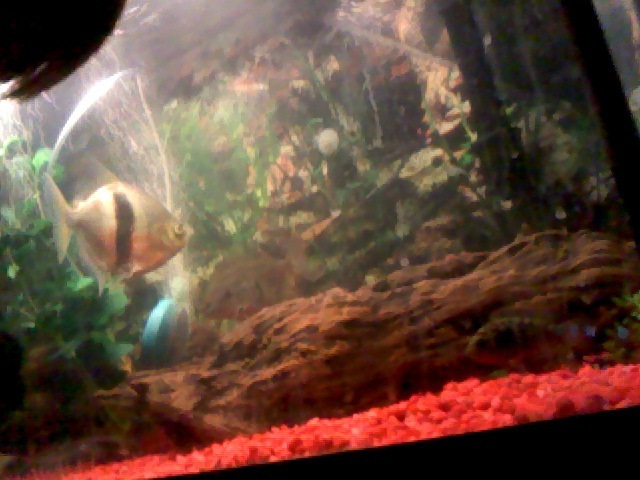 Jack dempsey
Question
my jack dempsey
Hello recently bought a 1 inch
Jack dempsey
Question
my jack dempsey
Hello recently bought a 1 inch
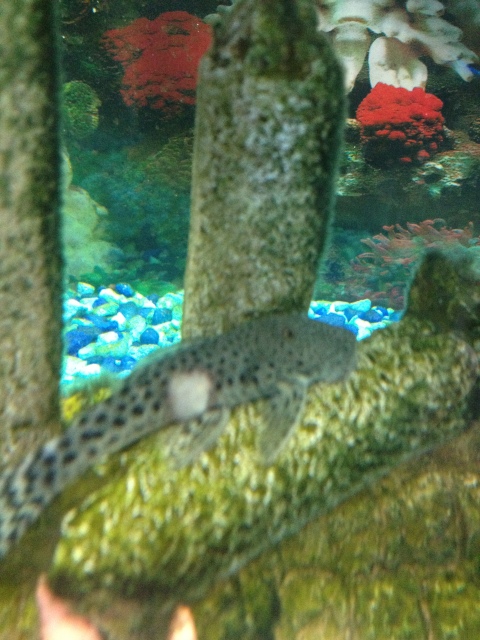 Rubber lip pleco
Question
pleco spot
i have a 10 gallon set up wi
Rubber lip pleco
Question
pleco spot
i have a 10 gallon set up wi
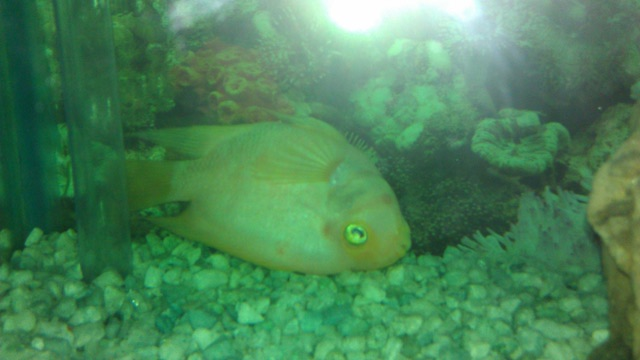 my 3 year old parrot stays upside down in the bottom of the tank.
Question
parrot laying upside d
Hello,
My parro
my 3 year old parrot stays upside down in the bottom of the tank.
Question
parrot laying upside d
Hello,
My parro
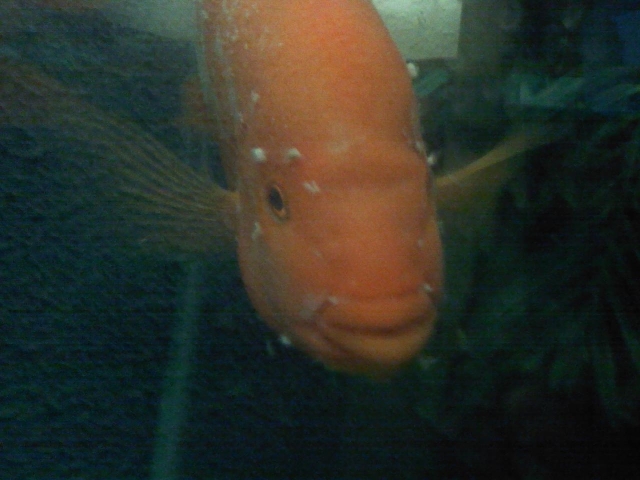 Sick Fish Lucy
QuestionLucy - Red Devil
QUESTION: Hi Nathan,
H
Sick Fish Lucy
QuestionLucy - Red Devil
QUESTION: Hi Nathan,
H
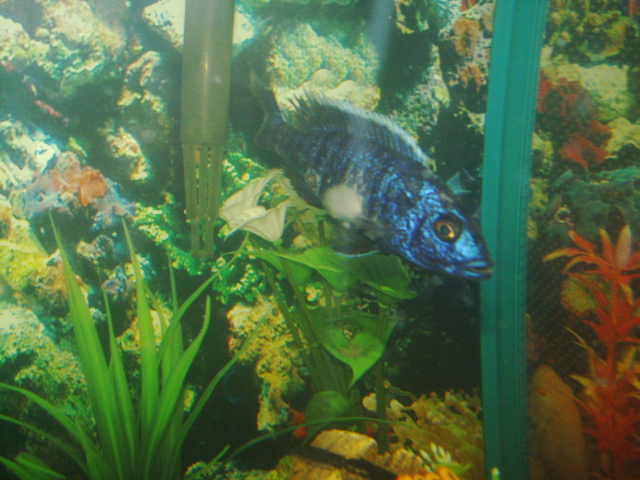 cichlid infection?
Question
Cichlid injured
one of my cichlid fish was bul
cichlid infection?
Question
Cichlid injured
one of my cichlid fish was bul